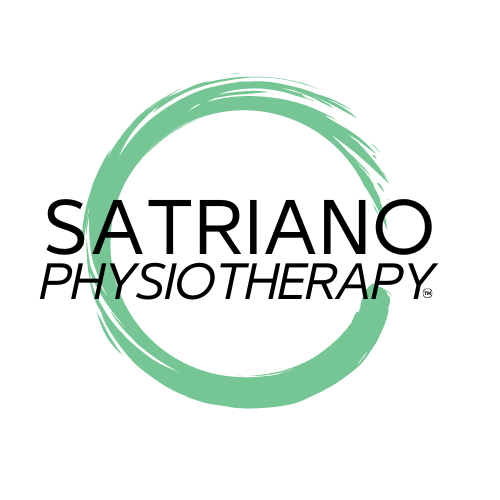
Cupping Therapy
During the coverage of the 2016 Olympic games in Rio, the ancient Chinese practice of Cupping gained widespread attention. This technique became highly publicized due to the visible reddish-purple circles on athletes' bodies, with Michael Phelps being one of the most notable examples.
What is Cupping Therapy?
Myofascial Cupping Therapy is a modified version of the ancient eastern style of Cupping. Simply put, fascia is the body’s connective tissue. It is a head to toe, inside to out, all-encompassing system of connective tissue found throughout the body. Your fascia provides a framework that helps support and protect individual muscle groups and organs. When fascia becomes tight or dysfunctional, it can lead to muscular tightness, pain, or discomfort. Cupping therapy, involving the placement of special cups on the skin to create suction, can help release fascial restrictions, promote muscle relaxation, increase range of motion, and prevent muscular injuries. It is sought after for various purposes, such as pain relief, inflammation reduction, improved blood flow, relaxation, and overall well-being, functioning as a form of deep-tissue massage.
What to Expect During Your First Cupping Therapy Treatment
In the myofascial cupping process, special glass or plastic cups are placed on areas of tight soft tissue. Traditionally, the cups are heated using a flame, creating a vacuum effect when placed on the skin, which draws the skin into the cup. This promotes improved blood flow to the areas considered "stagnant" and helps in releasing fascial restrictions. The purple marks left after cupping indicate minor tissue injuries, akin to "large hickeys" on the skin. An example of patient treatment involves a 13-year-old basketball player who had been suffering from chronic knee pain. After undergoing two sessions of cupping on his quad and IT Band, he reported a significant reduction in pain and was able to resume full activity. Cupping therapy is a valuable recovery tool, but it's not a technique I incorporate in every session.
My Cupping Therapy Training
During my time at University of Maryland School of Medicine DPT program, I began researching the myofascial system and its profound influence over movement and function. Restrictions in the fascial system are of considerable importance in relieving both physical and emotional pain in my practice. Today, I’m an esteemed instructor in the field of Myofascial Pain Science, trigger point dry needling, and the treatment of chronic pain. I am well-versed in managing patients with hypermobility or Ehlers Danlos Syndrome (EDS).
As a faculty member of Myopain Seminars, I travels across the country to educate therapists, physicians, chiropractors, and acupuncturists. My seminars and classes have a profound impact on clinicians and surgical practice groups that offer physical therapy.
Different pigmentations of red and purple can indicate where myofascial restrictions and greater presence of toxins.
When the cups are applied the skin is pulled upward into the cup and left in place for two or three minutes.
Cupping Therapy can help therapists diagnostically as well. In the case of this athlete, the greatest area of stagnation is evident in the lower left back.
Schedule Your Consultation
Schedule a 20-minute phone call with me, and we can determine if I am the right practitioner for you. I schedule new patient consultations between Monday and Wednesday from 7:00 am to 5:30 pm. My Baltimore office is conveniently located near Towson, Pikesville, Hampden, and Woodlawn, Maryland.
Ready to get started?




